145 CD / The Welte Mignon Mystery Vol. VI: Ernst von Dohnányi
Description
This is not an historical recording. Yet mysteriously the music is performed in an interpretation which is historically authentic down to the last detail. The key to this mystery is: the original performer was present at the recent recording session, but not physically: the music is heard on a modern Steinway. Never has music stored in the Welte-Mignon system sounded so "right" or so well. Thanks to TACET′s much-praised recording technique, and because the Welte-Mignon memory system and sound production mechanism have now been newly adjusted for the first time by the leading expert in the field - and are thus able to meet TACET′s requirements. (Welte-Mignon was invented in 1904.) The Welte-Mignon mystery can now speak to us without distortion.
3 reviews for 145 CD / The Welte Mignon Mystery Vol. VI: Ernst von Dohnányi
You must be logged in to post a review.

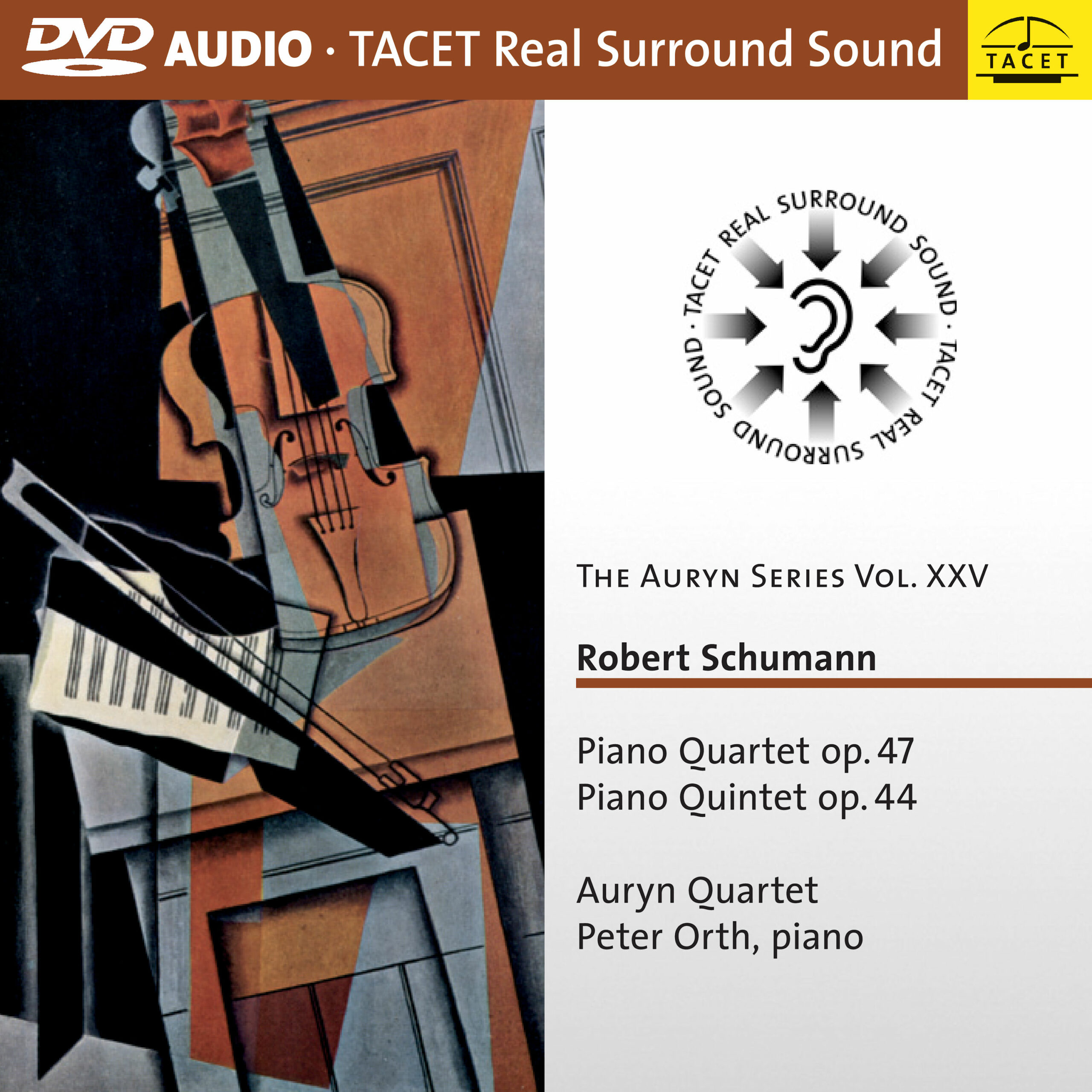
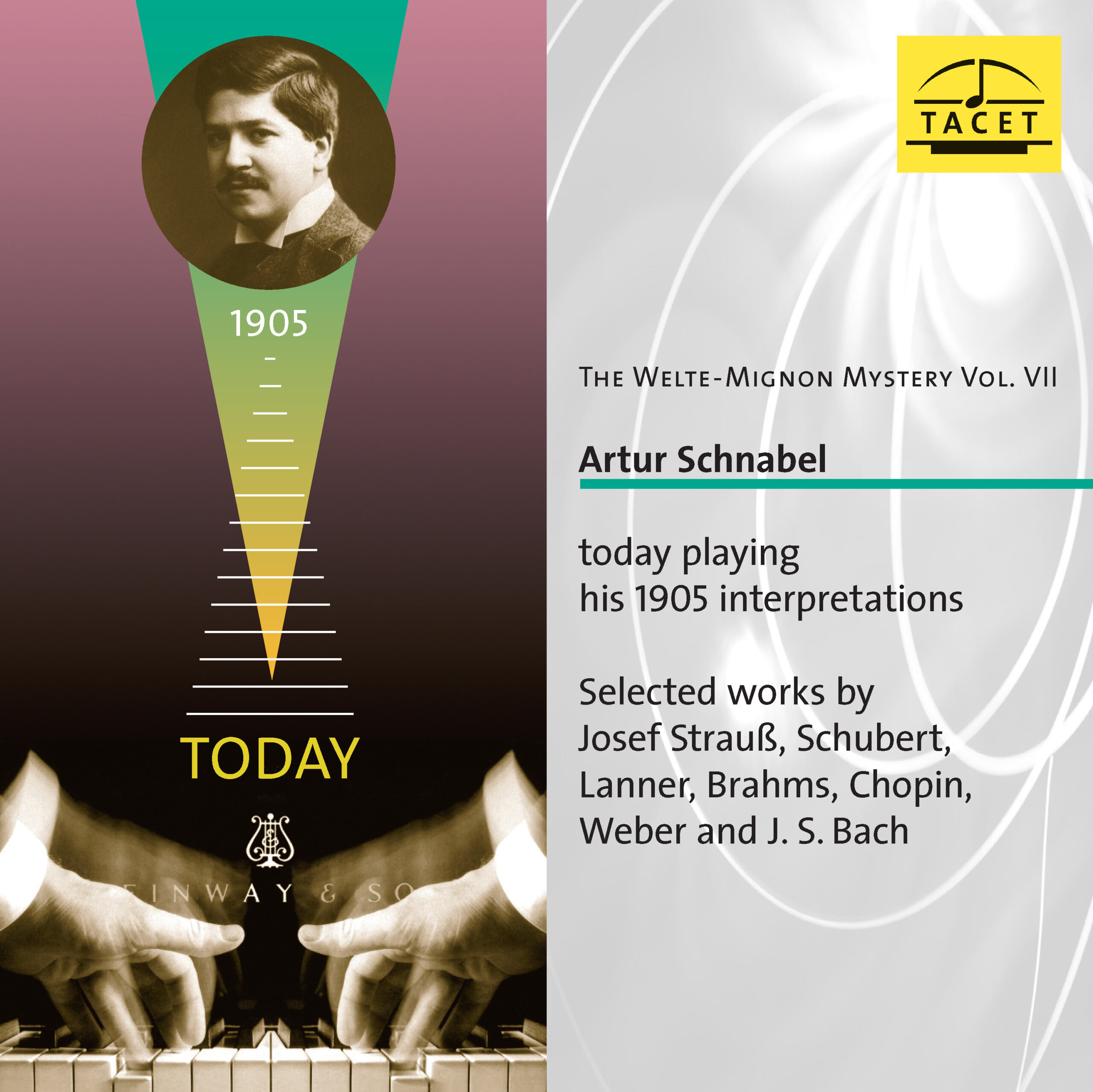
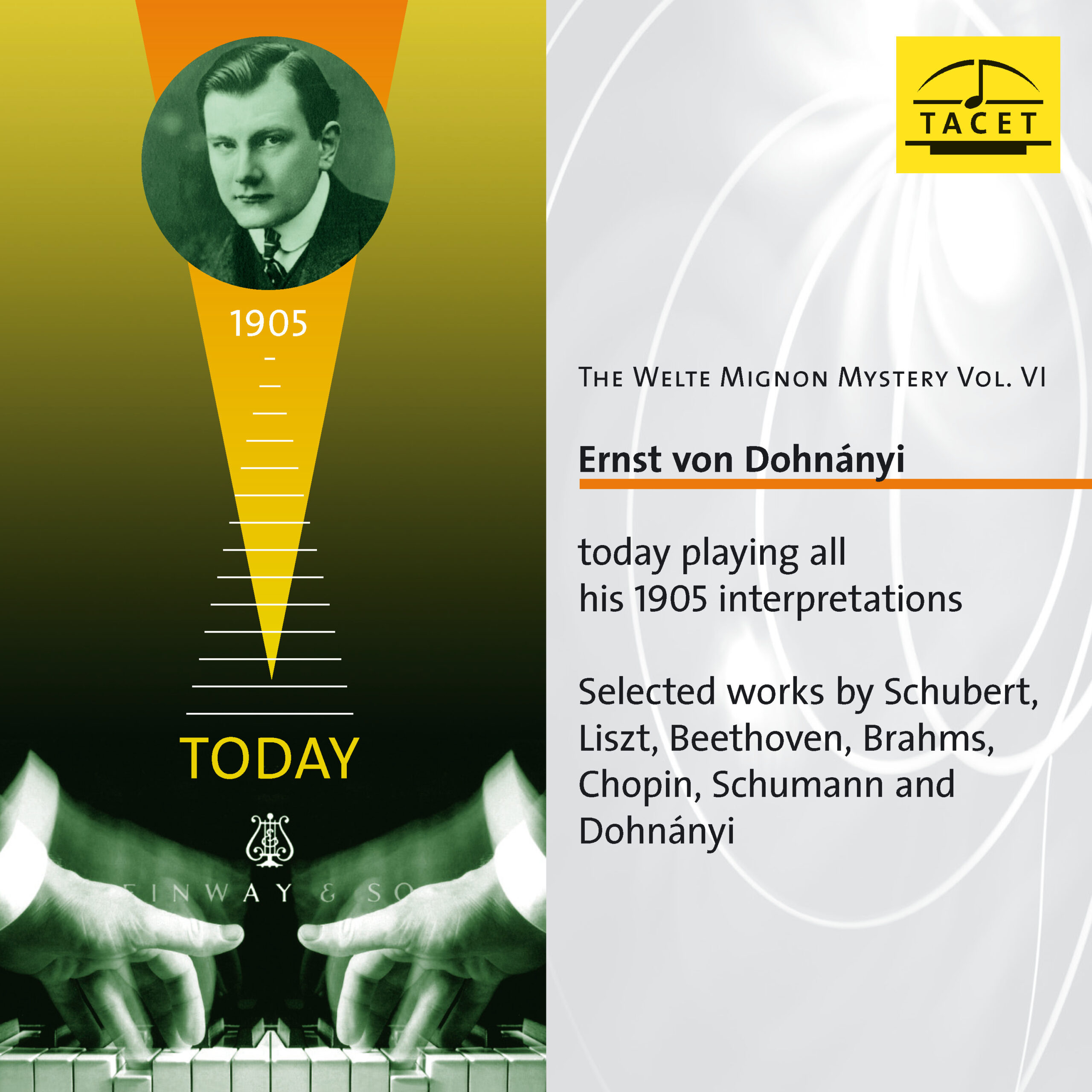
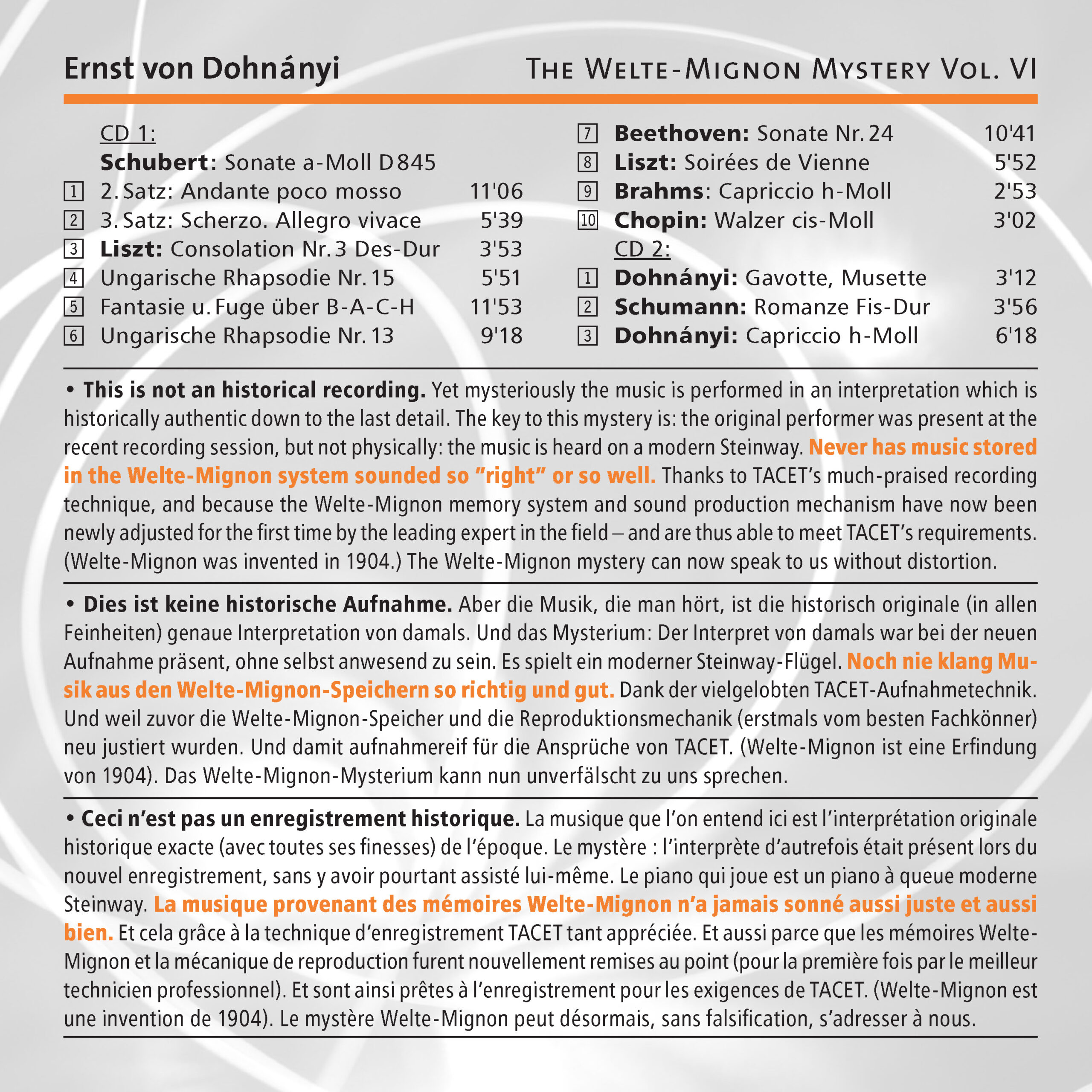


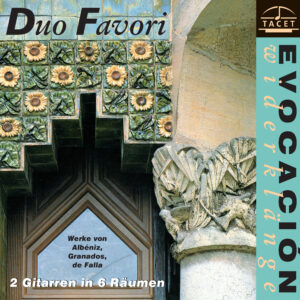
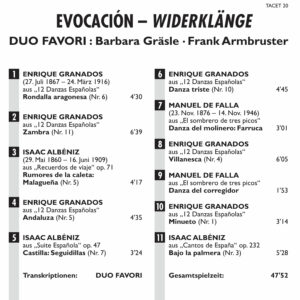



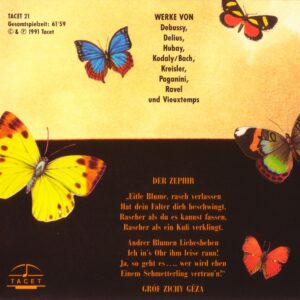
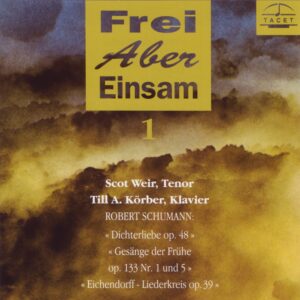
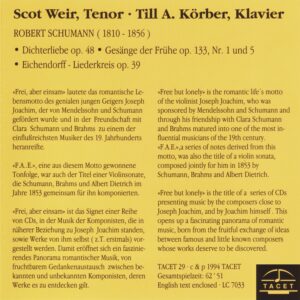
Pianiste –
THE LESSONS OF THE PAST
The Magic of the Welte-Mignon
Debussy, Ravel, Mahler, Einecke, Grieg, Granados… spielen ihre Werke.
Would you like to hear Ravel, Debussy, Strauss, Saint-Saëns, and Reger playing their own works on a modern piano? And how about a "perfect" restoration of the interpretations by the early Horowitz, Fischer, Lhévinne, and Schnabel? The German label Tacet offers an anthology of rolls recorded by the Welte-Mignon system. The system is simple, but the process of reproduction is particularly complex! In fact, the pieces played by the composers themselves were digitized from the device invented in 1904 by the company Welte & Sons of Freiburg. The perforated rolls of the time captured the touch, pedal play, and the finest nuances. Today, all that is needed is to transfer these recordings onto a concert piano.
It is therefore a real shock to hear, in optimal listening comfort, Debussy’s Children's Corner and some Préludes, as well as Ravel’s Sonatine and Valses nobles et sentimentales, all played by the composers themselves. What lessons can we take away from this? First, the astonishing freedom with which these two geniuses approach their scores! It is also true that Ravel’s playing is not always flawless… But if we look beyond the purely technical aspect, we notice the extreme finesse and personalization of their touches. The dynamics are generally soft, with the fingers seeming to merely caress the keyboard. No brutality whatsoever. The clarity and gentleness are astounding. Other examples are equally striking, such as the two volumes dedicated to Brahms’ works interpreted by Nikisch, Lhévinne, Samaroff, Ney, or Chopin’s Etudes played by Pachmann and Paderewski…
The virtuosity of these pianists is staggering, but even more surprising is the passion, the commitment, and sometimes even the coquettishness, the occasional unnecessary ornamentations that some perform almost as if they were tics. From all these master lessons, we learn that the strongest personalities only flourish after a visceral and profound understanding of the works. Schnabel in the waltzes of Josef Strauss and Josef Lanner (who would dare play this today?), Horowitz in 1926 in some Rachmaninoff Preludes, speak to us. Where does the charisma and charm of their interpretations come from? A mystery.
Every year, Tacet releases three or four new CDs from the Welte-Mignon archives. Worth collecting.
S. F.
_________________________________________________
Original Review in French language
LES LEÇONS DU PASSÉ
La magie des Welte-Mignon
Debussy, Ravel, Mahler, Einecke, Grieg, Granados… jouent leurs œuvres.
Vous aimeriez entendre Ravel, Debussy, Strauss, Saint-Saëns, Reger jouant sur un piano d’aujourd’hui leurs propres Oeuvres? Et que diriez-vous aussi d’une restitution « parfaite » des interprétations des premiers Horowitz, Fischer, Lhévinne et autres Schnabel? Le label allemand Tacet propose une anthologie des rouleaux gravés par le procédé Welte-Mignon. Le système est simple, mais le procédé de restitution particulièrement complexe! En effet, les pièces jouées par les compositeurs eux-mêmes ont été numérisées à partir de l’appareil inventé en 1904 par la firme Welte & Fils de Fribourg. Les rouleaux perforés de l’époque ont capté le toucher, le jeu des pédales et les nuances les plus fines. Il suffit aujour¬d’hui de transférer ces témoignages sur un piano de concert.
C’est donc un véritable choc que d’entendre dans un confort d’écoute optimal les Children’s Corner et quelques Préludes par Debussy, mais aussi la Sonatine, les Valses nobles et sentimentales de Ravel sous les doigts des compositeurs. Quelles leçons en retirons-nous? D’abord, l’étonnante liberté de ces deux génies vis-à-vis de leurs partitions! Il est vrai aussi que le jeu de Ravel n’est pas d’une justesse infaillible… Mais si l’on dépasse l’aspect purement technique, on s’aperçoit de l’extrême finesse et de la personnalisation des touchers. Les dynamiques sont généralement faibles, les doigts semblent effleurer le clavier. Sans aucune brutalité. La clarté et la douceur sont stupéfiantes. D’autres exemples sont frappants comme ces deux volumes consacrés à des œuvres de Brahms interprétées par Nikisch, Lhévinne, Samaroff, Ney ou bien les Études de Chopin par Pachmann et Paderewski…
La virtuosité des pianistes est stupéfiante, mais on est plus surpris encore par la fougue, l’engagement, parfois même les coquetteries, les ornementations intempestives que certains provoquent comme des tics. De toutes ces leçons de maîtres, on retient que les personnalités les plus fortes ne s’épanouissent qu’après une compréhension viscérale et profonde des œuvres. Schnabel dans les Valses de Josef Strauss et de Josef Lanner (qui oserait jouer cela aujourd’hui ?), Horowitz en 1926 dans quelques Préludes de Rachmaninov nous interpellent. D’où proviennent le charisme et le charme insensés de leurs lectures? Mystère.
Chaque année, Tacet publie trois ou quatre nouveaux CD des archives Welte-Mignon. À thésauriser.
S. F.
Pizzicato –
Associated Technologies
TACETs Welte-Mignon-Serie: Zeitreise zu Ernst von Dohnányi – ein Klangerlebnis zwischen Historismus und Moderne
The series launched by the TACET label allows 21st-century music lovers to take an extraordinary journey back in time. For this sixth volume, it presents a superb collection of piano pieces performed by one of the greatest Hungarian pianists of all time, Ernst von Dohnányi.
Since Dohnányi passed away in 1960 and left very few recordings for posterity, this historical document—sounding distinctly “Old Europe” in its interpretation, with subtle timing variations between the hands and exceptionally sweet and luminous tone—pays tribute to a pianist whose virtuosity, combined with unerring musicality, resonates wonderfully on a modern Steinway piano. This is made possible thanks to the remarkable Welte-Mignon system, invented in 1904, whose green and red rolls and felt “fingers” faithfully reproduce the movements of the recorded pianist.
Expert Hans W. Schmitz took on the challenge of combining the genius of this century-old invention with 21st-century technology, and the results are truly astonishing. Not to be missed—especially for Liszt’s works.
itb
_____________________________
Original Review in French language:
TECHNOLOGIES ASSOCIEES
La série lancée par la compagnie de disques TACET permet au mélomane du 21e siècle de réaliser un voyage extraordinaire dans le temps et présente, pour ce 6e volume, une collection superbe de pièces pour piano interprétées par l′un des plus grands pianistes hongrois de tous les temps, Ernst von Dohnanyi. Comme Dohnanyi est décédé en 1960 et a laissé très peu d′enregistrements à la postérité, ce document historique, qui sonne très ′vieille Europe′ point de vue interprétation, avec des décalages entre les 2 mains, des timbres d′une douceur et d′une luminosité exceptionnelles, rendent hommage à un pianiste dont la virtuosité empreinte d′une musicalité à toute épreuve résonnent avec bonheur sur un instrument Steinway moderne, et ceci grâce à l′incroyable système Welte-Mignon, inventé en 1904 et dont les rouleaux verts et rouges et les ′doigts de feutre′ reproduisent fidèlement les mouvements du pianiste enregistré! Un grand spécialiste, Hans-W. Schmitz, a relevé le défi d′associer le génie de cette invention centenaire et la technologie du 21e siècle, et on ne peut que s′émerveiller devant le résultat. A ne manquer sous aucun prétexte, en particulier pour les pièces de Liszt.
itb
Audiophile Audition –
The Tacet label is trying to make it clear that you′re not going to have to suffer thru the sort of distortion and scratch evidenced by the few early recordings of solo classical piano music made around 1905.
(...) The note booklet begins with a sidebar headed "This is not an historical recording." Well, the Tacet label is trying to make it clear that you′re not going to have to suffer thru the sort of distortion and scratch evidenced by the few early recordings of solo classical piano music made around 1905. Actually, none of the famous pianists or composers had recorded yet because some had tried it and after hearing first hand how horrible it sounded, they said, in effect, "Forget About It."
The invention in 1904 of the Rube Goldbergish Welte Mignon recording system in Germany made it possible for discerning artists to perform their music and then later (after considerable processing) hear back an amazingly authentic performance full of most of the subtleties of their playing, and without noise or distortion. It was so excellent that composers such as Richard Strauss, Debussy, Ravel and Mahler recorded Welte rolls.
The recording system was light years beyond the typical player piano (invented around 1880) in its design, and could be either built into pianos - which was done by Steinway and others - or the rolls could be played back on a "Vorsetzer" - a robot-like device with 88 "fingers" which rolled up to any piano′s keyboard and struck the individual keys just as a live pianist would do. The latter ability is what has been harnessed by a number of different record labels over the years: a restored Vorsetzer was rolled up to a Steinway grand and the latest recording equipment would then preserve the performance by the phantom pianist in stereo for release on LP, tape or now CD.
Some of those original efforts suffered from less than perfect adjustment of the complex and aged Welte Mignon mechanisms. There were many associated noises of the mechanical wheels and levers, you could hear the wheezing of the pneumatic pumps that were involved, and sometimes the music took on a very mechanical delivery not that much better than the typical player piano. Telarc Records got around these mechanical problems in their Rachmaninoff CD series by transferring everything on the composer′s piano rolls (which were Duo-Art, not Welte) to computer files, for astoundingly realistic playback.
Tacet has elected to stay with the actual Welte Mignon equipment, but tweaked to the enth degree by a Stuttgart technician, Hans W. Schmitz, of Welte-Vorsetzer-Technik. The Vorsetzer was rolled up to a Steinway D concert grand and these over a dozen rolls made by composer-pianist Dohnanyi just a year after the gadget′s invention were recorded by Tacet′s engineer Andreas Spreer in up-to-date stereo digital audio.
As with a number of other composers for the piano, Dohnanyi began his long career as a concert pianist. He did include a few of his own compositions in this series of piano rolls. The longer works, such as the Beethoven and Schubert piano sonatas, required separate rolls for each movement. The first movement of the Schubert was never issued, so we must make do with only the second and third movements. Liszt′s Fantasy and Fugue on the name of BACH is quite a virtuoso demonstration of both Dohnanyi′s expertise and the realism of the Welte recordings. It is also one of the longest-running rolls at nearly 12 minutes. It should be noted that in some ways - although both the original recording (rubber rollers putting varying thickness lines on the paper roll for each key) and conversion to the final punched-holes roll was at heart rather primitive - corrections could be made to any of the performer′s clams to an extreme extent, and without the pianist having to re-record anything either!
The first attribute that strikes me about these recordings is the dead quiet background. There is simply no noise from the Welte mechanism at all, as heard on the previous attempts by others. Herr Schmitz must have been very busy with the silicon spray or whatever else he used to quiet down all the gear, and careful micing was probably also a factor. Earlier CDs of music of Mozart, Bach and Beethoven seemed to be very convincing, with little of the mechanical player-piano sound distracting from the performances. However, with the music of Liszt and Schubert there seems to be more of an atmospheric flow that is somehow affected by a bit of mechanical disturbance to the smooth phrasing. Yes, the piano is basically a percussion instrument, but the best pianist can disguise that successfully with proper phrasing. I deduce that Dohnanyi did that in 1905 but it′s just a little too much for the Welte mechanism.
However, this is still an important addition to the Welte Mystery series of CDs, which so far includes Granados, Richard Strauss and Reger playing their own works, plus other pianists of the time playing Wagner and Chopin.
By the way, there′s only 13 minutes on the second CD; a bit unusual, but then this is an unusual album.
John Sunier